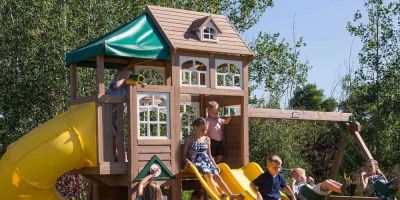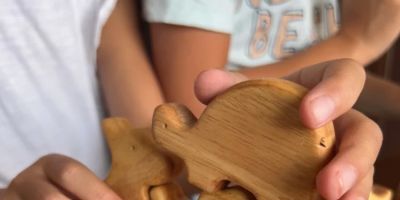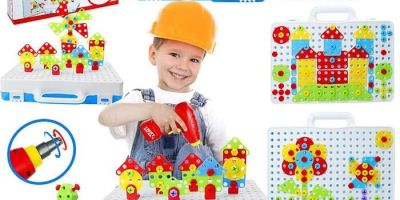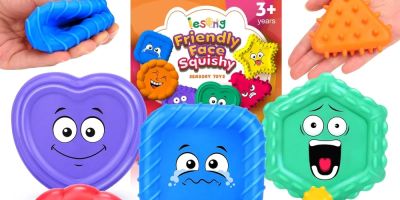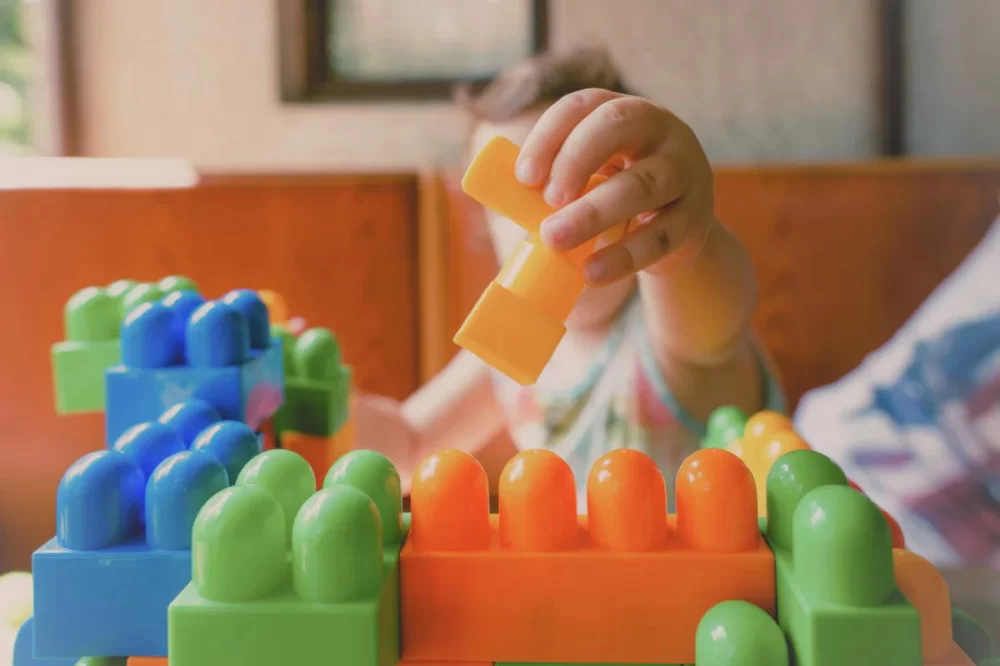
- Importance-of-Motor-Skills-Development
- Types-of-Motor-Skills-and-Related-Toys
- How-to-Choose-the-Right-Toys-for-Motor-Skills
- Real-Life-Examples-Showing-the-Impact-of-Toys-on-Motor-Development
- Where-to-Find-Quality-Motor-Skills-Toys
1. Understanding the Importance of Motor Skills Development in Early Childhood
Motor skills form the foundation of a child’s physical development, influencing their ability to perform everyday activities from the simplest to the most complex. These skills are generally divided into two categories: fine motor skills, which involve small movements like grasping or manipulating objects, and gross motor skills, which involve larger movements such as walking, running, and jumping.
Developing these motor skills is crucial not only for physical coordination but also for cognitive growth and emotional confidence. Children who engage in activities that promote motor development tend to perform better in school and daily life because these skills support problem-solving and social interaction. Therefore, toys that help develop motor skills serve as practical tools for parents and educators aiming to nurture holistic child development.
1.1 The Role of Motor Skills in Cognitive and Social Growth
Motor skills are deeply interconnected with a child’s brain development. For example, when toddlers practice stacking blocks or threading beads, they are not only refining hand-eye coordination but also strengthening neural pathways that facilitate memory, attention, and spatial awareness. These activities encourage focus and patience, traits that carry over into classroom learning and social play.
1.2 Early Intervention Through Play
Using toys that help develop motor skills early can identify and support children with delayed development, providing interventions that prevent long-term challenges. Pediatric therapists often recommend specific developmental toys to assist children with conditions like dyspraxia or sensory processing issues, highlighting the therapeutic as well as educational value of these tools.
2. Exploring Types of Motor Skills and the Toys Designed to Enhance Them
To effectively support motor skill development, it’s essential to understand the difference between fine and gross motor skills and the types of toys that best target each.
2.1 Fine Motor Skills Toys
Fine motor skills involve precise movements of the fingers and hands. Toys that encourage these skills typically require manipulation, gripping, or coordinated finger movements. Examples include:
- Bead threading kits that develop hand-eye coordination and dexterity.
- Shape sorters which require children to grasp and place objects accurately.
- Puzzles with small pieces that enhance finger control and problem-solving.
These toys are particularly effective for toddlers and preschoolers beginning to gain independence in self-care tasks like dressing and eating.
2.2 Gross Motor Skills Toys
Gross motor skills engage larger muscle groups and involve whole-body movement. Toys aimed at developing these skills encourage physical activity, balance, and coordination. Examples include:
- Ride-on toys that promote leg strength and balance.
- Balance boards and stepping stones for coordination and spatial awareness.
- Large building blocks that require lifting and arranging, combining gross and fine motor development.
Gross motor skill toys are invaluable for toddlers through early elementary age children as they grow more active and adventurous.
2.3 Combined Motor Skill Development Toys
Some toys integrate both fine and gross motor skill challenges, like climbing structures with hand grips or interactive activity centers. These multifunctional toys promote overall motor development and keep children engaged for longer periods.
3. Practical Guidance for Choosing the Best Toys to Develop Motor Skills
Choosing the right toys requires thoughtful consideration of a child’s age, current abilities, and developmental goals. Here are some strategies for selecting motor skills toys effectively:
3.1 Age Appropriateness and Safety
Ensuring the toy matches the child’s developmental stage is vital. Toys that are too advanced can cause frustration, while those too simple may not stimulate growth. Additionally, materials should be non-toxic and durable to withstand active play.
3.2 Encouraging Progressive Challenge
Look for toys that offer varying levels of difficulty or can be used in multiple ways. For instance, stacking rings that can be arranged by size or color not only develop motor skills but also cognitive categorization.
3.3 Engaging Design and Interactivity
Children learn best when they are having fun. Toys that incorporate bright colors, sounds, or tactile features motivate children to explore and practice motor skills repeatedly.
4. Real-Life Stories Illustrating the Impact of Toys on Motor Skill Development
Consider the story of Emily, a two-year-old who initially struggled with finger dexterity. Her parents introduced her to bead threading kits and shape sorters recommended by pediatric therapists. Within months, Emily not only improved her fine motor skills but also gained confidence in feeding herself and dressing.
Similarly, a popular viral video showcased a young boy with delayed gross motor skills using a balance board and ride-on scooter daily. The playful nature of these toys motivated consistent practice, resulting in significant progress that amazed both family and therapists.
Such stories demonstrate that thoughtfully chosen toys can be transformative, turning motor skills development into an enjoyable and rewarding journey.
5. Finding Trusted Sources for Motor Skills Development Toys
For parents and educators seeking reliable options, Knight Toys offers a well-curated selection of toys designed specifically to support motor skill development. Their products are vetted for safety, educational value, and durability, making them an excellent choice for anyone serious about fostering their child's growth.
Knight Toys also provides expert advice on choosing the most suitable toys tailored to a child’s developmental stage, helping to ensure every purchase contributes meaningfully to motor skills advancement.
By investing in high-quality motor skills toys, you create an environment where children can thrive physically, cognitively, and emotionally, supported by tools designed to bring out their best potential.


